Objectives of the service

Older adults in care are largely inactive—sometimes for up to 98% of their stay—because exercise is boring, staff time is tight, Wi-Fi is unreliable, and filmed content is costly to produce.
Our solution pairs a clip-on motion sensor on existing bikes/rowers with a headset so movement drives exploration in familiar, locally recognisable worlds. These worlds are built rapidly from Copernicus Sentinel satellite imagery and OpenStreetMap data, run fully offline, and use simple game goals to keep users engaged longer.
We will provide it through a one-click, hygiene-safe, stand-alone headset experience, with fast scene loading and light cognitive challenges (“guess the place”) tailored to older users and therapists.
Activity objectives (Project):
-
Validate user and service requirements through living-lab sessions at Aktivitetscenter Østerbro.
-
Deliver a working prototype that converts satellite and map data into an interactive Virtual Reality (VR) scene driven by the sensor.
-
Produce an initial business case and pilot plan for scale-up.
Users and their needs
User communities (current)
Older adults in municipal nursing homes, rehabilitation wards, and day-activity centres. Co-users: physiotherapists, occupational therapists, and care staff who set up and supervise sessions.
ountries: Denmark (primary) to start with.
Users involved / who will use it
Residents pedal or row while wearing a Virtual Reality (VR) headset; therapists select scenes, monitor comfort, and log sessions.
Their needs (summary)
-
Exercise that is engaging enough to sustain effort
-
One-click startup; fully offline operation
-
Works with existing bikes/rowers; quick, hygienic setup
-
Minimal staff time; repeatable, reliable sessions
-
Familiar, locally recognisable scenes with light cognitive stimulation
-
Comfortable, safe headset use with low motion sickness
-
Basic progress feedback for staff and residents
Project challenges to meet these needs
-
Deliver fast-loading, lightweight 3D scenes that run on a standalone headset without internet
-
Achieve seamless sensor integration with robust, wipe-clean hardware
-
Provide intuitive workflows so staff can onboard users in minutes
-
Ensure accessibility across mobility, vision, and cognitive differences
-
Keep all data on-device to protect privacy
Service/ system concept
The service gives users an immersive and localised virtual reality exercise experience. When using a stationary bike or walker, users “travel” through recognisable streets, parks, or landmarks from their own city while exercising. The headset provides simple goals, such as reaching a destination or guessing the location, to make the session engaging and fun.
For staff, the system offers one-button operation, full offline use, and simple cleaning procedures. Facilities can easily add new local areas using satellite data and open maps, and they can view summaries of session length and performance directly from the device.
A small wireless sensor is velcroed onto any exercise machine and tracks the user’s movement. This motion data is sent to a VR headset, where it controls travel inside a 3D world. The 3D environments are created automatically on a computer from satellite data (heightmaps, vegetation maps, and map data, then transferred to the headset via USB. During use, no internet connection is required—the system runs entirely offline.
In short: pedal → move through your own neighbourhood in VR → stay active while enjoying a familiar, game-like experience.

Space Added Value
We use ESA Copernicus satellite data to generate the core ingredients of our local VR worlds: heightmaps (terrain shape), vegetation maps (green areas and seasonality cues), and water/tide maps (shorelines, harbours, coastal context). These are combined with satellite-derived building/location cues and OpenStreetMap street geometry to position recognisable landmarks and routes with high consistency.
Relying on ESA satellite data gives three clear advantages over current methods (filmed video, licensed street imagery, or handcrafted 3D):
-
Scalable and cost-efficient – global, openly available data lets us add any neighbourhood quickly without film crews or per-scene licensing.
-
Current and consistent – routine satellite refresh keeps vegetation, water edges and urban features aligned with reality, so scenes stay familiar over time.
-
Healthcare-ready – space-borne data avoids capturing identifiable people and supports fully offline operation on the headset, fitting clinical privacy and IT constraints.
The result is fast, low-cost, and recognisable environments that scale across facilities while strengthening our “local feel” and reducing total content cost versus competitors.
Current Status

Since KO we ran semi-structured interviews at 5 sites and held 9 one-to-one workshops with older adults (70–91) at Aktivitetscenter Østerbro. We built a usable headset prototype and validated key metrics: end-to-end latency ≈70 ms, cold start <15 s (optimising), landmark recognition with ~0.8 m placement accuracy, and wipe-down in 35–40 s. We translated insights into a refined Service Requirements set and exercised three use-case scenarios (individual ride, small group class, family “meet-me-there”). A pilot pipeline is in place with multiple care facilities and two paediatric departments.
We are now moving into raising the TRL of the prototype a few steps before moving into a demonstration project where we can bring the prototype to a stage where it can be sold separately or as an addon to our offerings.



